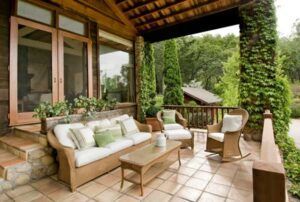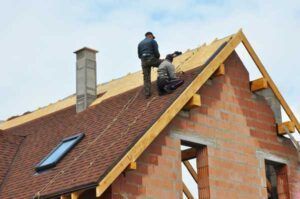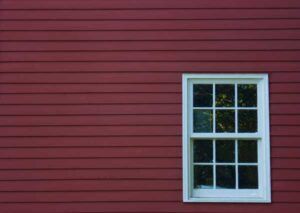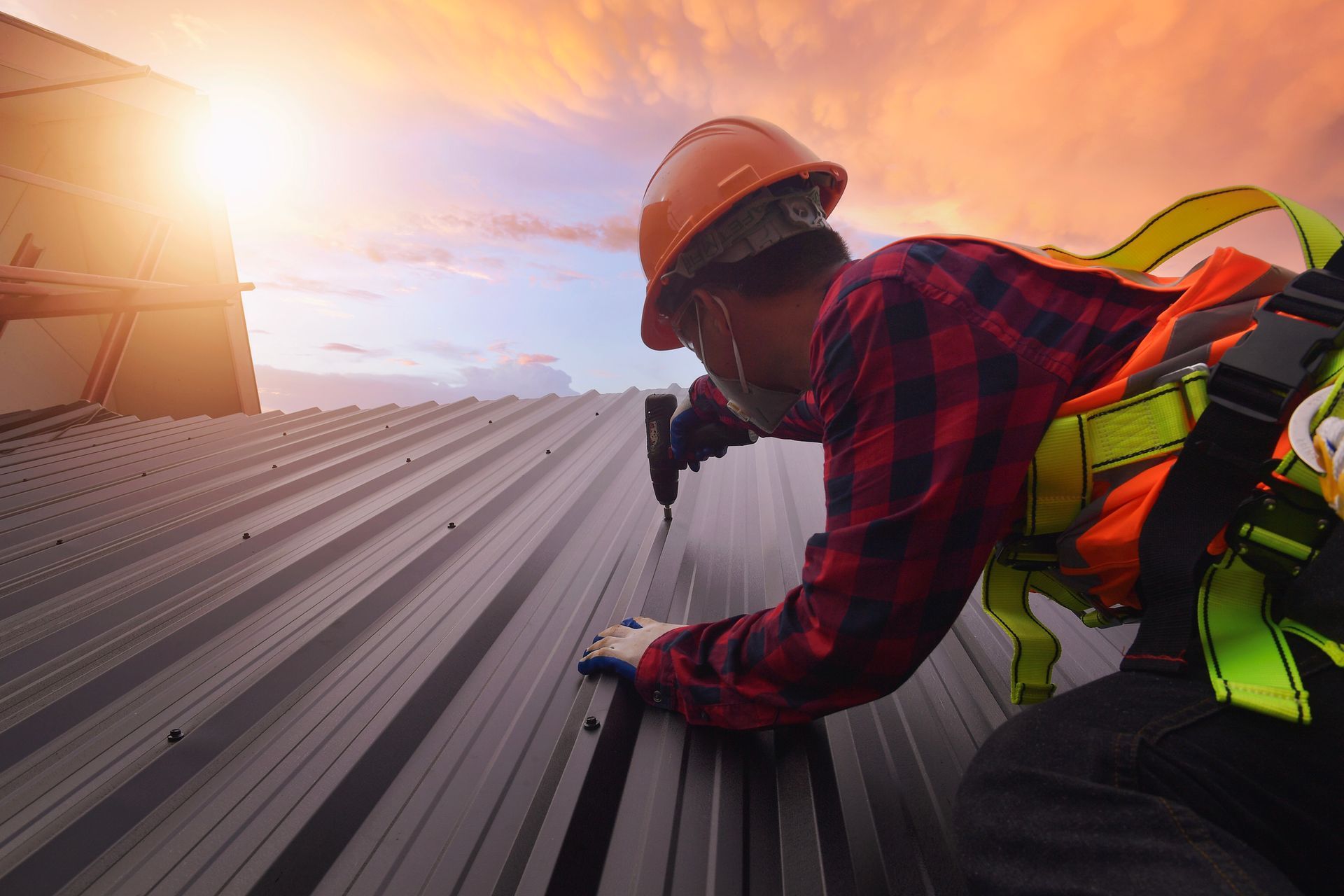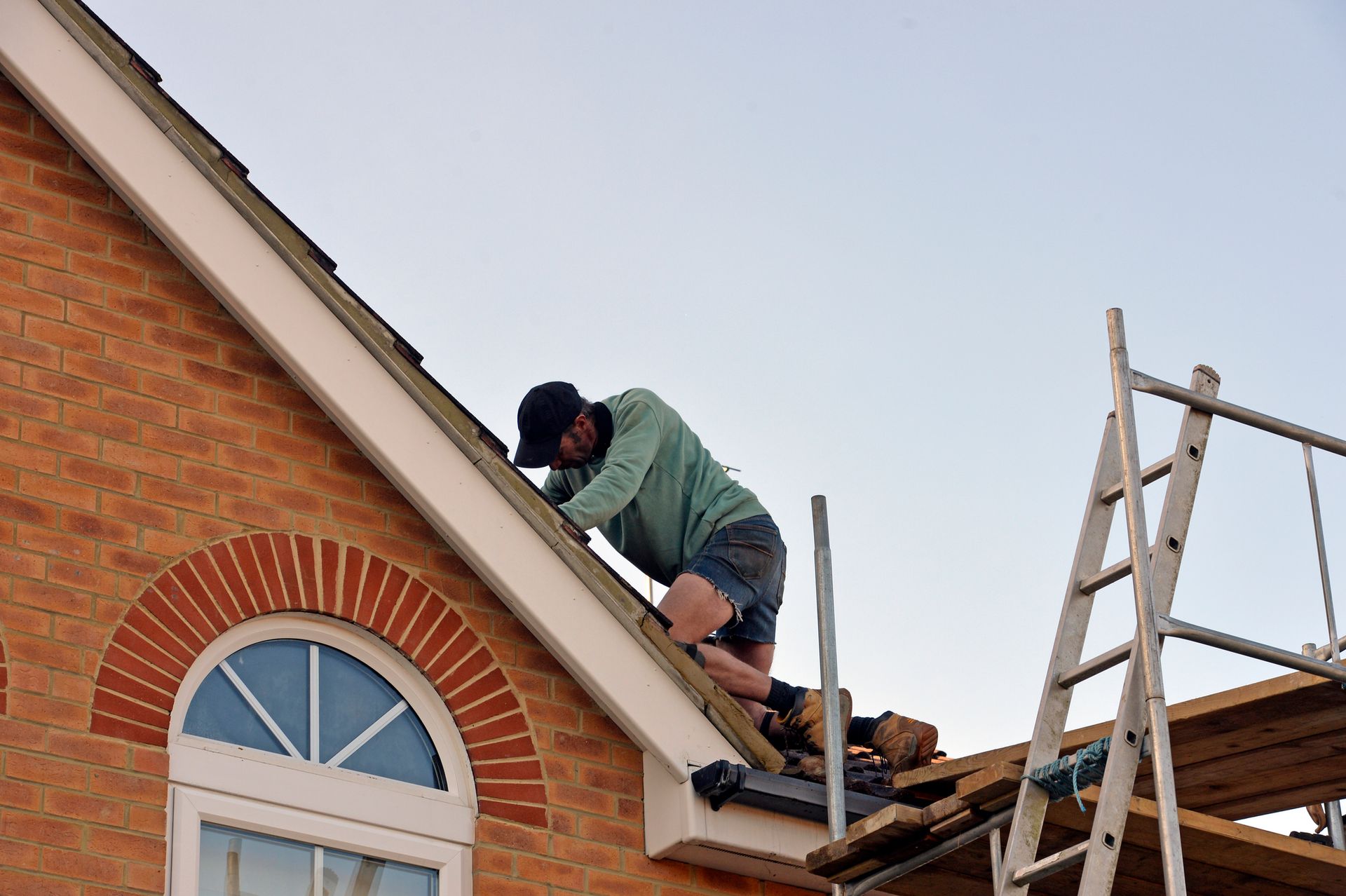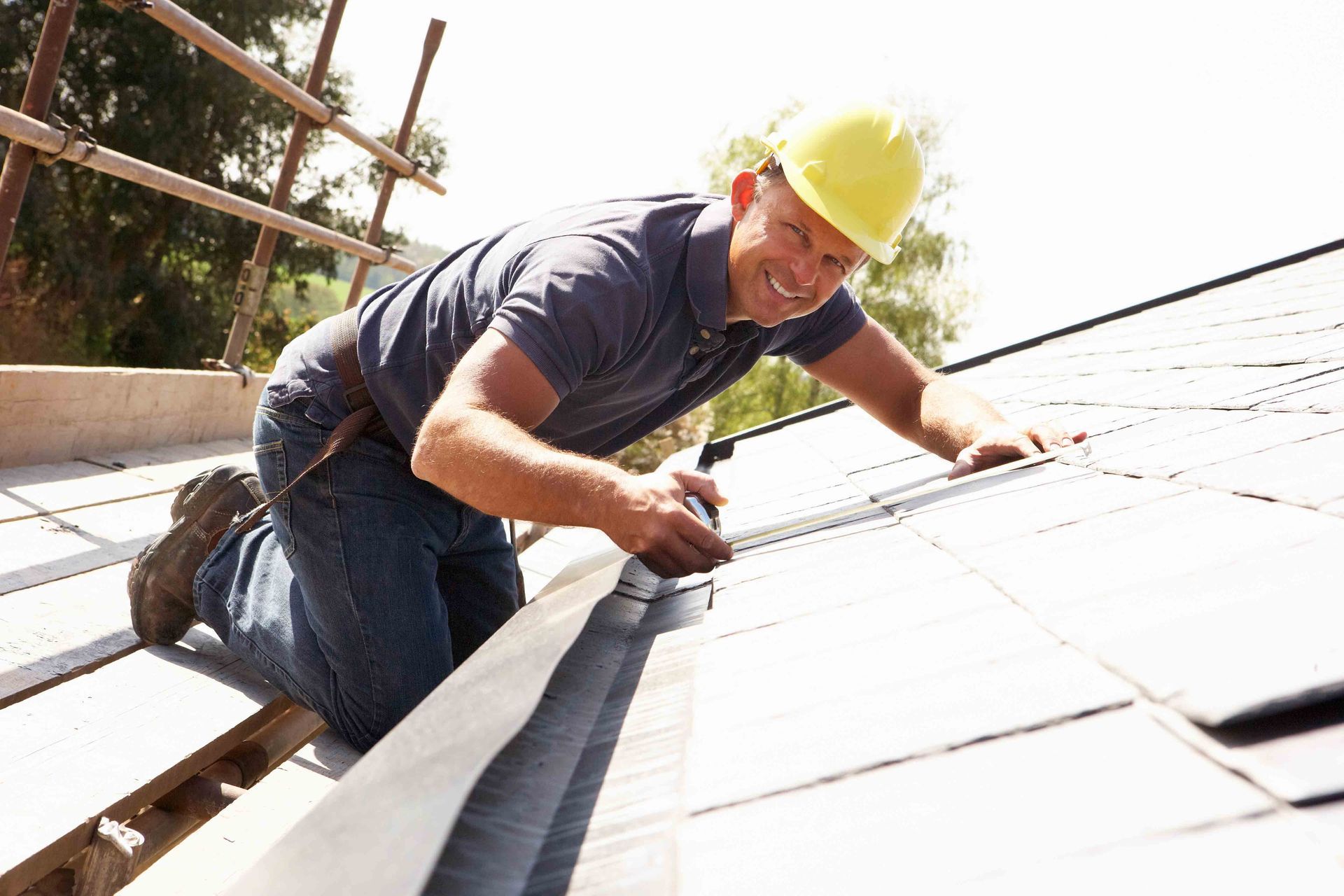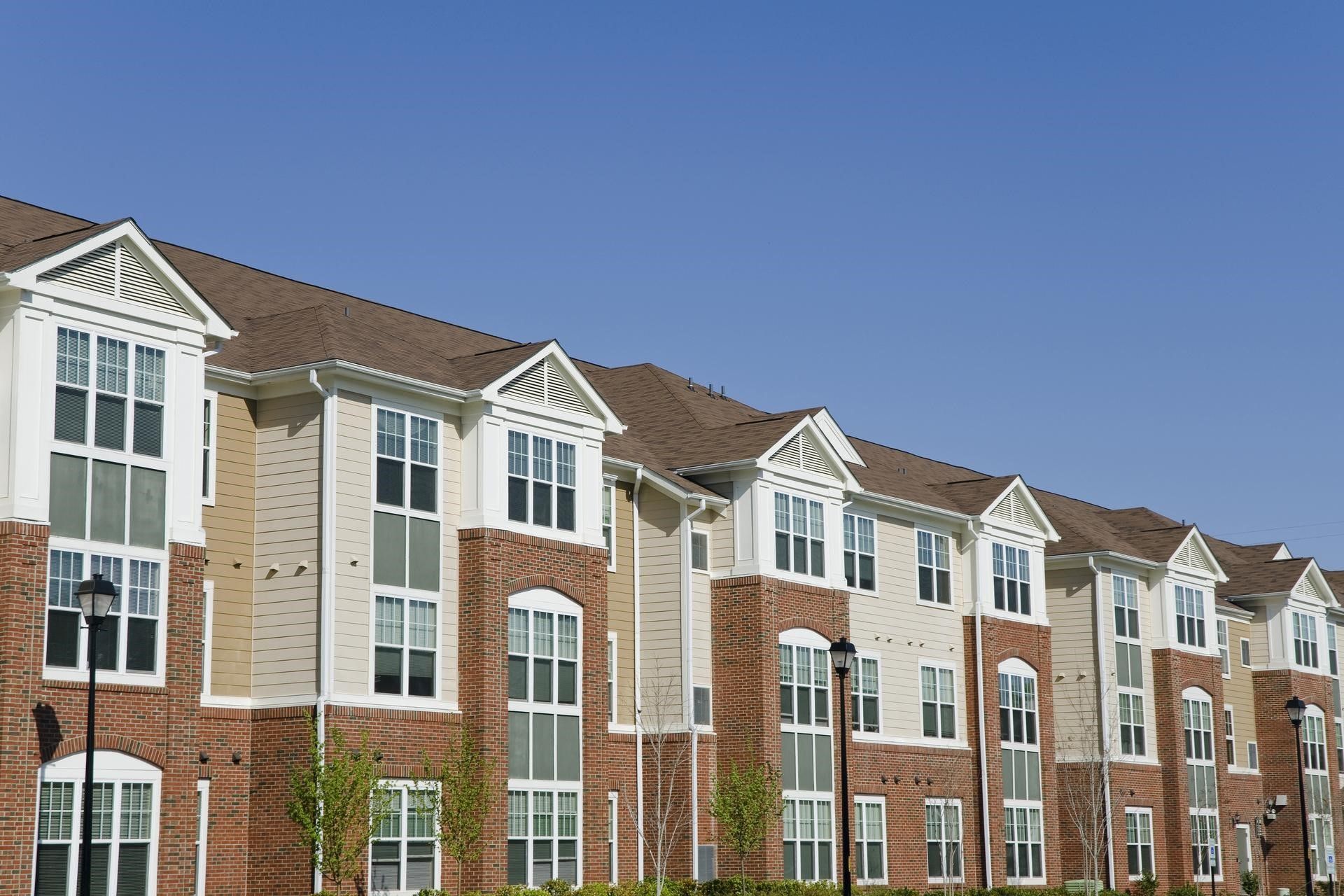How Roof Color Affects Your Home
As you drive through your neighborhood, you may not pay much attention to roof color. You know your own home has dark brown shingles, but you couldn’t name the colors that top your neighbor’s homes with the same confidence.
Roof color tends to blend into the background and earn very little of our attention. But did you know your home’s roof color affects your home? Read below to learn how.
How Roof Color Reflects or Absorbs Heat
Before you learn anything else about roof color, take away this fact: roof color affects your home’s internal temperature. In general, lighter-colored roofs reflect away heat rays from the sun, but dark-colored roofs absorb much of that heat and transfer it into the rooms below.
Or course, color isn’t the only aspect of your roof that affects home temperature. The roofing material also affects how reflective your roof is. For example, asphalt shingles are less reflective than metal or rubber roofing materials. This quality means even tan asphalt shingles may welcome more heat into your home than a dark brown metal roof.
But back to roof color. How does your roof color affect the temperature of your home? If you have a light roof, your home absorbs less heat through the roof during summertime. As a result, your air conditioner operates more efficiently, uses less energy, and leads to lower utility bills.
In contrast, a dark roof likely raises the temperature inside your home’s highest rooms. Your cooling system works harder to compensate for the extra heat, and your bills slowly rise.
But during the winter, the opposite conditions hold true. A dark roof brings in more desired heat from the sun than a light roof. This feature makes dark roofs advantageous in colder climates with long winters and short summers. Now, let’s consider how one other factor affects the equation: snow.
How Roof Color Affects Snow Melt
Because dark roofs absorb more heat, they have a reputation for helping snow melt. This notion is another reason dark roofs remain popular in northern areas like the Twin Cities. But do dark roofs really help snow melt away? Probably not as much as you think.
First, consider that northern cities have fewer sunny daylight hours during the cold winter months. And less sunlight exposure means fewer beams beating down on a roof and less time for the roof to absorb that heat.
Next, remember that even black roofs may not actually appear dark during the winter-because they’re covered in snow. The white powder actually reflects away much of the sunlight, so the dark roof underneath cannot absorb heat and melt the snow.
Dark roofs may have a small snow melt effect but not a sizeable one. Similarly, if your roof experiences winter problems like ice dams, your roof color probably isn’t the primary culprit. More likely, insufficient attic insulation and poor roof ventilation create the problem. Ask a roofing specialist to evaluate your roof and recommend solutions.
Which Is Better: Light Roofs or Dark Roofs?
Based on what you’ve learned so far, you may think light roofs are the clear winner. If dark roofs don’t warm your house or melt snow during the winter, should you just switch to a light-colored roof to lower summer cooling costs? Perhaps.
Energy.gov recommends lighter-colored roofs for houses in warm and hot climates. But they note that light roofs may increase energy costs in cooler climates.
To understand why, think about how a dark roof affects a home during spring and fall. The sun shines hours every day, and your roof isn’t yet blanketed with snow. Outside temperatures are cooler than summer, too, so you probably want a little extra heat inside to stay warm at night. A dark roof brings some of that desired warmth indoors naturally, allowing you to run your furnace or boiler at a lower setting.
As you may have guessed, there’s no straightforward answer to which is better, light roofs or dark roofs. Ultimately, the best roof color for your home is the color you like best. You don’t have to say goodbye to your dark roof unless you want to reduce your summer cooling bills. Plus, advances in roofing materials and color selection mean you can likely find a color your like in a roofing material that suits your home’s climate.
Although light-colored roofs have definite advantages, your best bet is to consult local roofing specialists. They can recommend the best roof colors if you want to switch, and they know reliable solutions to enhance energy efficiency or prevent ice dams if you like your current roof color.
As you consider changing roof color or material, keep your homeowner’s association restrictions in mind. Some neighborhoods have rules stating which colors or materials you can use on your roof. Check with your HOA president before making any final decisions about roof changes.
For more information on what roof would be best for your home give us call at 612-722-1448 or view our Roofing Page. You can also fill out our Free Estimate Form here.
The post How Roof Color Affects Your Home appeared first on D.S. Bahr Constraction, Inc.
